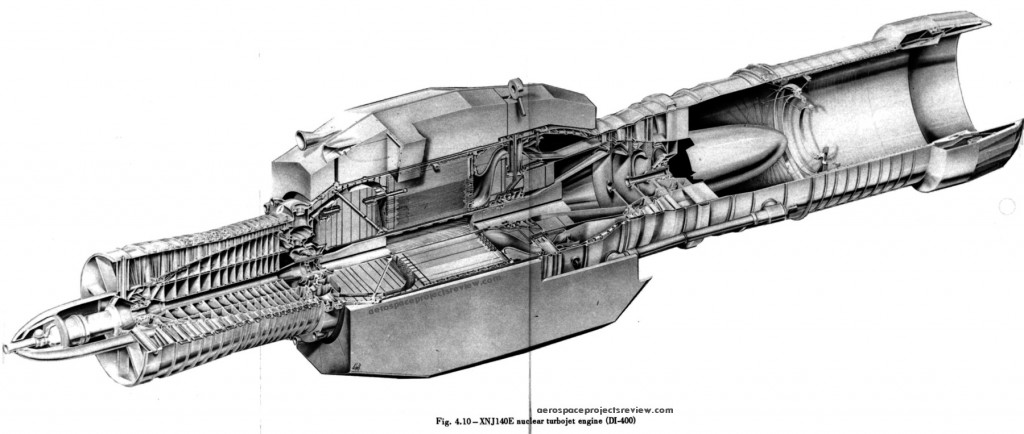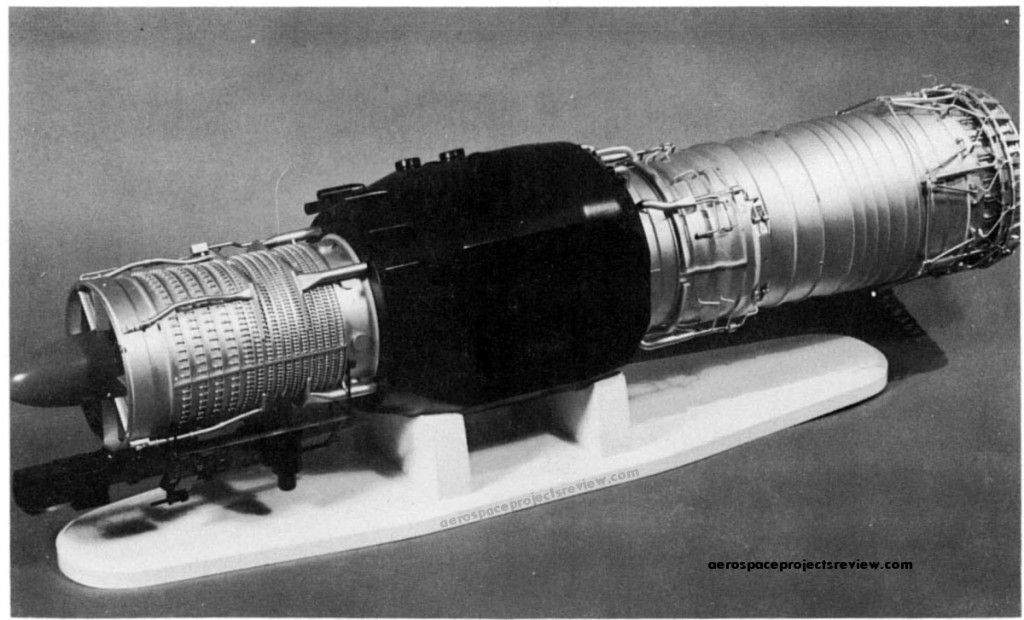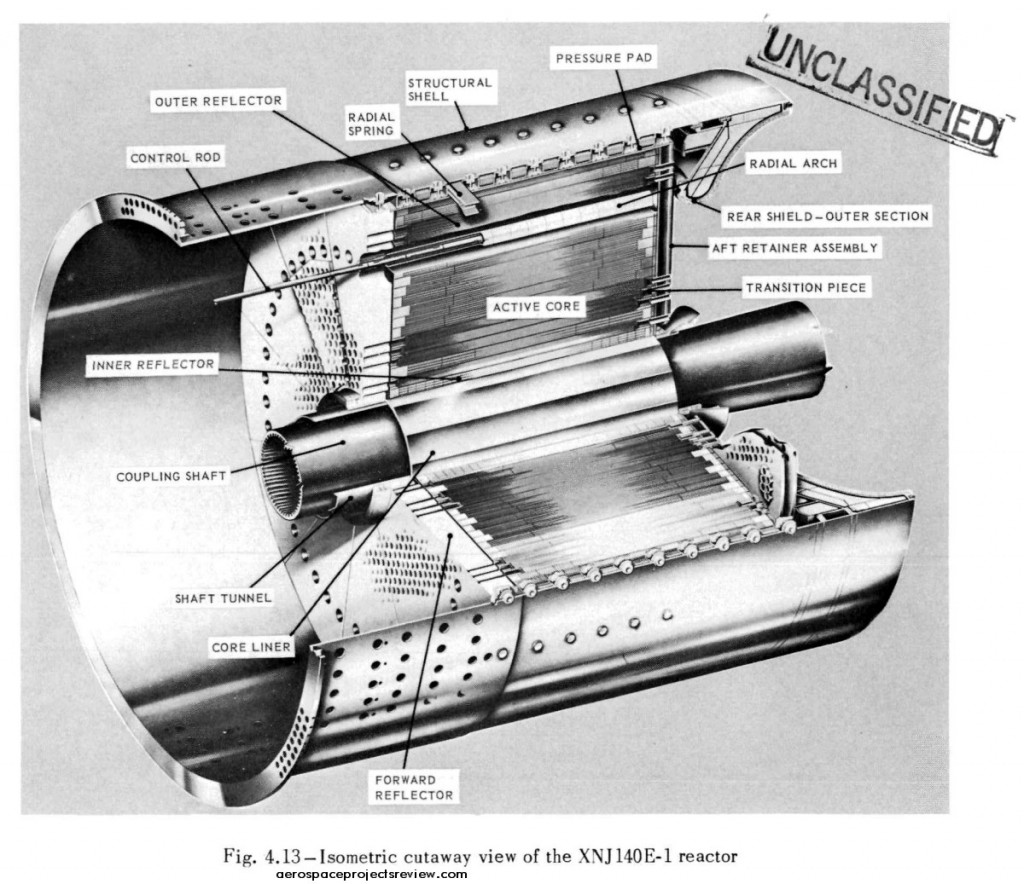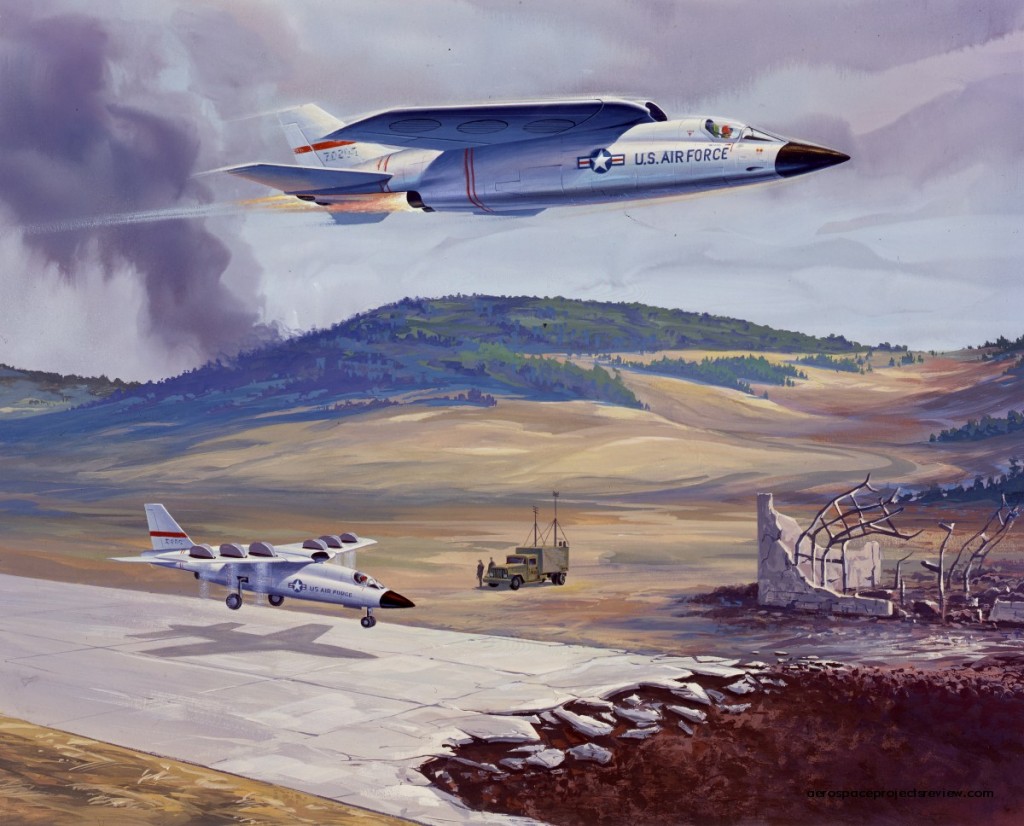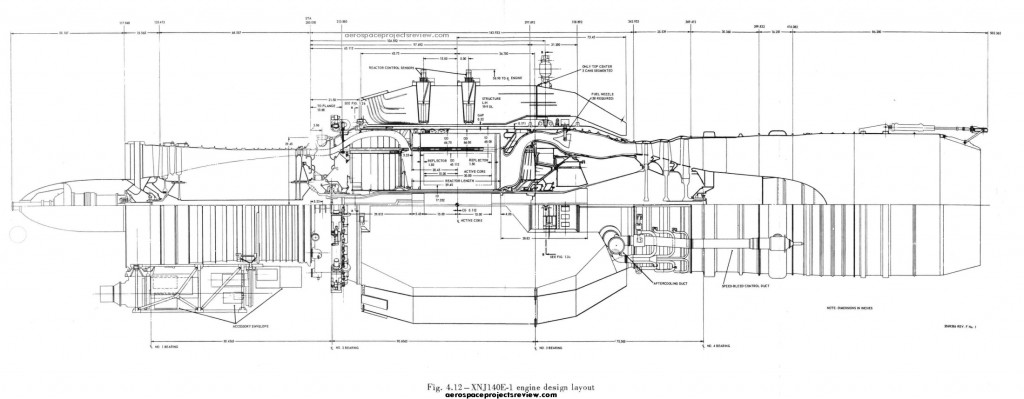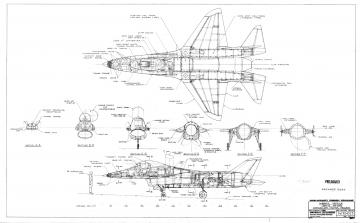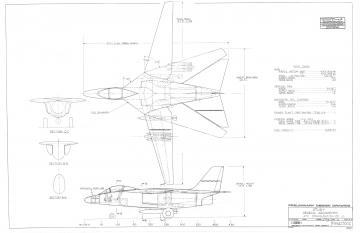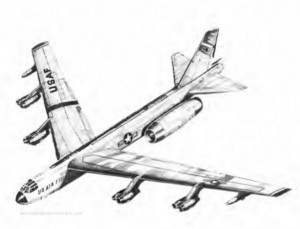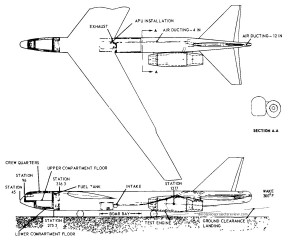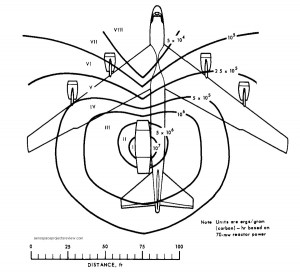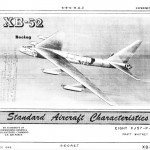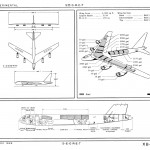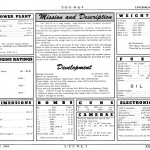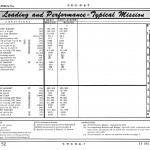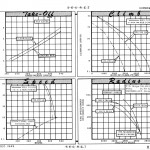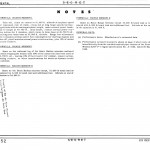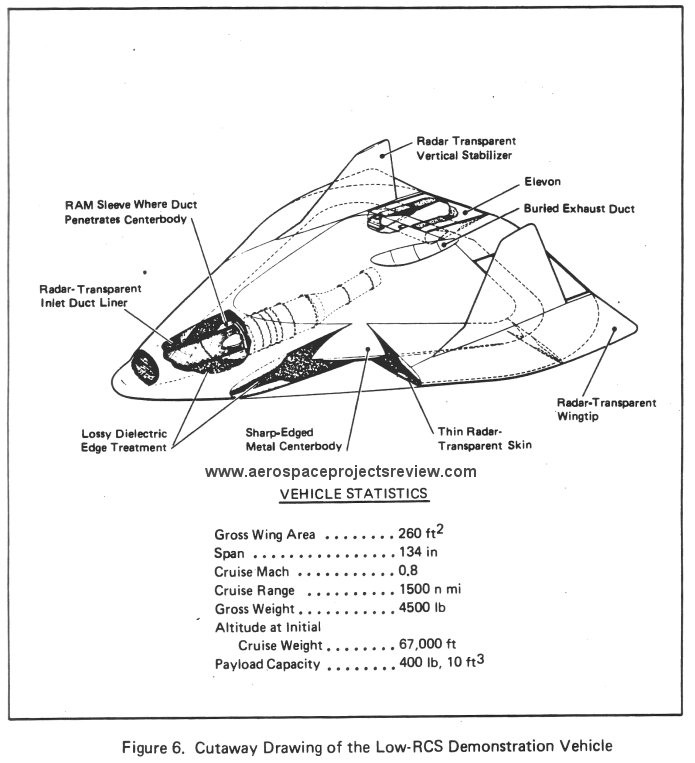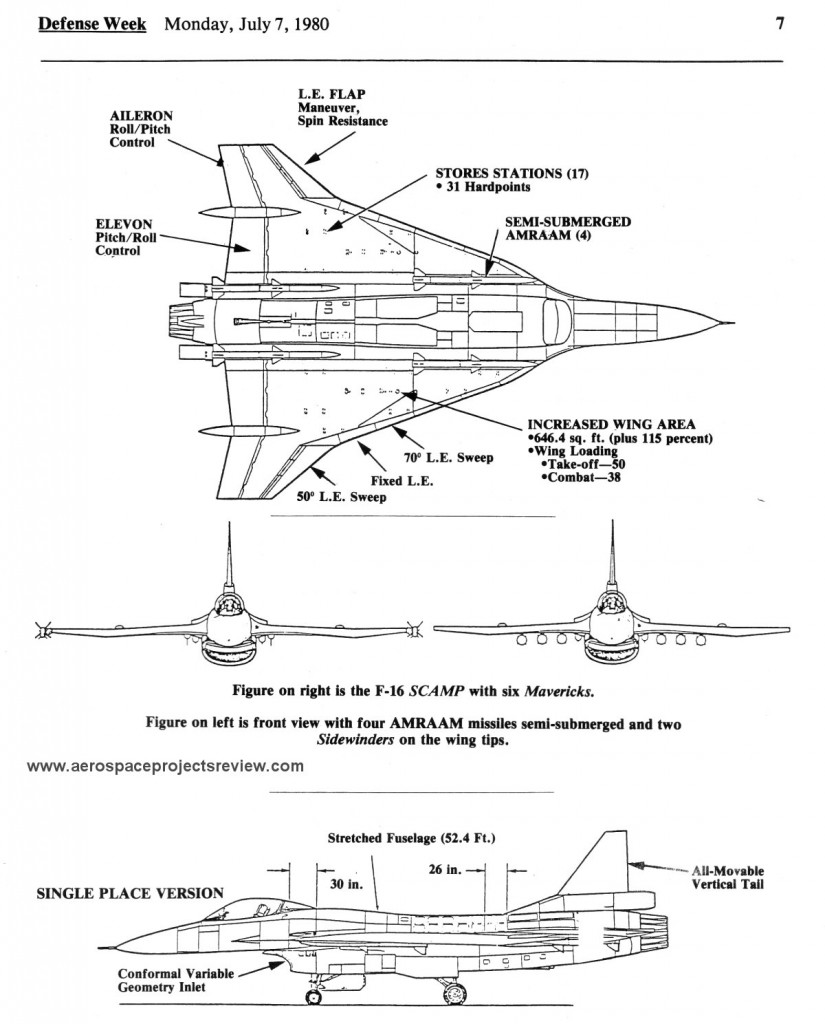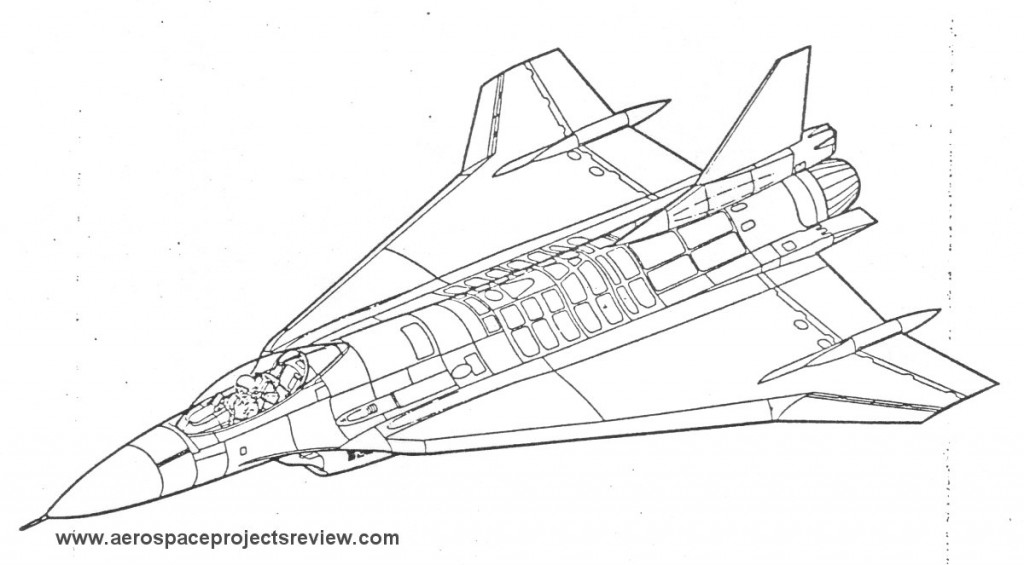The General Electric XNJ140E nuclear turbojet was proposed in March 1960 to meet then-current DoD guidelines for the nuclear aircraft program. It utilized a single X211 turbojet mated to a beryllium oxide reactor, a change from the prior XMA-1 engine standard which had one reactor powering two X211 turbojets. Ground test for the XNJ140E was scheduled for December 1962, with flight testing to begin in a Convair NX-2 in 1965.
The XNJ140E was designed for a lifespan of 1000 hours under power, at which point it was to be removed from the aircraft and overhauled. The XNJ140E-1 was to be the developmental model, and would have had an estimated dry weight of 60,600 pounds. Of that, 18,320 pounds were turbojet, while 42,230 pounds were reactor, shield and controls.
The reactor assembly was 33 inches long and 62 inches in diameter, formed from 25,000 hexagonal tubes made from yttria-stabilized beyllia containing uranium. Peak operating temperature was to be 2530 degrees F. The reactor was capable of at least 121 megawatts for a nuclear-only runway takeoff, providing 35,310 pounds of thrust at Mach 0 and at sea level. For cruise at 35,000 feet and Mach 0.8, 50.5 megawatts would provide 8,120 pounds of thrust.
